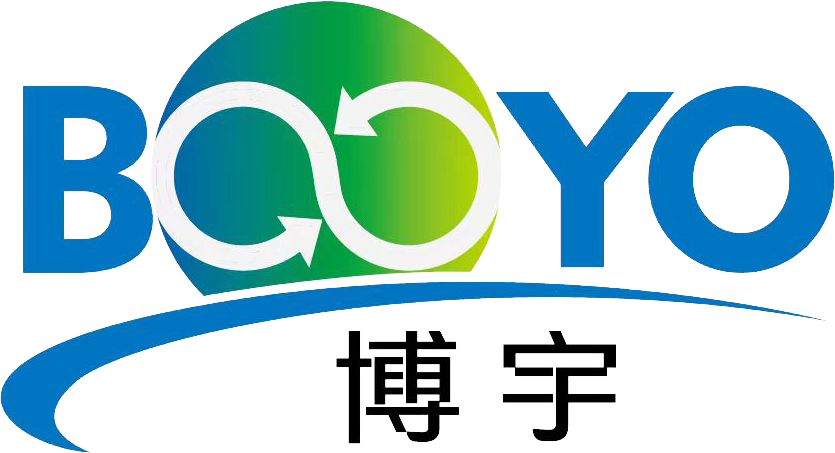
Our News
Find out about our latest news here.
Latest News
- ▶ High-Efficiency Surface Condenser Solutions:
- ▶ Health, Safety and Environment (HSE) Policy
- ▶ Conflict-of-Interest Policy
- ▶ Can a Welded Spiral Heat Exchanger Solve Fouling and Blockage Problems?
- ▶ Anti-Bribery and Corruption (ABC) Compliance Policy
- ▶ The Critical Role and Application of Heat Exchangers in the Natural Gas Treating Process
Message
What is a 304/316 Stainless Steel Shell and Tube Heat Exchanger?
A 304/316 stainless steel shell and tube heat exchanger is a highly efficient heat transfer device designed for heating or cooling fluids in industrial processes. It consists of a bundle of stainless steel tubes inside a cylindrical shell, where one fluid flows through the tube side and another fluid flows through the shell side. The two fluids are separated by the tube walls, allowing heat transfer without mixing.
These heat exchangers are widely used in chemical processing, petrochemical plants, power generation, food processing, and pharmaceutical industries, thanks to their corrosion resistance and durability.
Material Grades and ASTM Standards
The performance of a heat exchanger greatly depends on the material selection. The most common stainless steel grades are:
Type 304 Stainless Steel – ASTM A240/A312 Type 304
Contains approximately 18% Chromium and 8% Nickel
Excellent oxidation resistance and good corrosion resistance in most water-based, oil-based, and mildly acidic or alkaline environments
Cost-effective and suitable for general-purpose applications
Type 316 Stainless Steel – ASTM A240/A312 Type 316
Contains 2–3% Molybdenum in addition to 304’s composition
Superior resistance to pitting and crevice corrosion, especially in chloride-containing environments such as seawater
Ideal for marine, chemical, and high-corrosion applications
Construction and Material Configurations
A stainless steel shell and tube heat exchanger typically consists of:
Shell (outer casing)
Tube bundle (stainless steel tubes)
Tube sheets
Baffles (to direct fluid flow)
End covers
There are two common material configurations:
1. All-Stainless-Steel Construction
Shell Side: Stainless Steel 304 or 316
Tube Side: Stainless Steel 304 or 316
Advantages: Maximum corrosion resistance, suitable for aggressive and hygienic applications such as food, beverage, pharmaceuticals, and seawater cooling
Disadvantage: Higher cost compared to carbon steel shell
2. Carbon Steel Shell + Stainless Steel Tubes
Shell Side: Carbon Steel (ASTM A516, A105, etc.)
Tube Side: Stainless Steel 304 or 316
Advantages: Cost-effective when the shell-side medium is less corrosive, while still protecting the tube side from aggressive media
Disadvantage: Not suitable for corrosive shell-side environments
Advantages of 304/316 Stainless Steel Heat Exchangers
Excellent Corrosion Resistance – Handles acidic, alkaline, saline, and chlorinated media
High Durability – Long service life even under high temperature and pressure
Customizable – Designed according to medium type, pressure class, and heat transfer area
Hygienic Compliance – Suitable for food-grade and pharmaceutical applications
Easy Maintenance – Removable tube bundle for cleaning and inspection
Typical Applications
Chemical Industry – Cooling acids, alkalis, and organic solvents
Marine & Offshore – Seawater cooling and desalination (316 recommended)
Food & Beverage – Pasteurization, sterilization, and liquid cooling
Pharmaceutical – Clean steam condensers and purified water cooling
Power Plants – Condensers for steam turbines, lube oil cooling, and feedwater heating
304 vs 316 Stainless Steel – Which to Choose?
Choose 304 if the operating environment has low to moderate corrosion potential (fresh water, mild chemicals) and cost is a priority
Choose 316 for environments containing chlorides, seawater, or high-corrosion chemicals
Conclusion
Whether you select an all-stainless-steel shell and tube heat exchanger or a carbon steel shell with stainless steel tubes, material choice plays a crucial role in performance, service life, and cost. For maximum durability in aggressive environments, Type 316 stainless steel is the preferred option, while Type 304 offers a cost-effective solution for less demanding conditions.
If you are sourcing ASME or GB-compliant stainless steel shell and tube heat exchangers, choosing the right grade and configuration will ensure long-term, trouble-free operation.
PROFESSIONAL CONSULTATION
If you are interested in our products and want to know more details, please leave a message here, we will reply you as soon as we can.